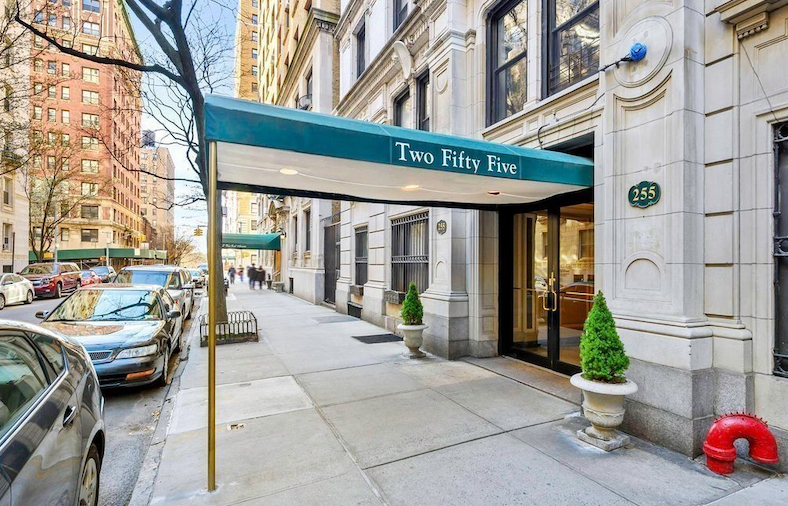
Question: My mother and I live in a combined condo apartment in Manhattan but we have two property bills (two tax lots), two common charge bills and one mailbox. What do I put as the primary residence for our mailing address for taxes, bills and any mail?
— Two in One in Turtle Bay
Dear Two:
Slow down! The address where you get your mail is the least of your problems. Your mailing address doesn’t really matter that much. You can use either address for all of your official government business and your mail, or you can use a totally unrelated address if you wish. (I’d suggest using your apartment’s address. When your mother passes away, that’s one less change-of-address form you’ll have to fill out.)
But you have a much, much bigger issue. You have only combined the apartments physically, not legally. You don’t say how extensively you and your mother have combined your units, but if you have done much more than just cut a doorway between them (to which I say, “Why bother?”), then you could be in for a world of headaches.
The construction part of combining two condominium units is fairly easy and straightforward — any good architect and construction firm can handle the job. It’s the paperwork that’s a killer. And getting the proper approvals from the Department of Buildings will, no doubt, prove to be the easiest part.
No, your potential big issues are with the Department of Finance, the state attorney general’s office and your own neighbors.
As you point out, you have two tax lots. That means you have two separate properties. If there are no major alterations to the apartments — if you have not significantly reconfigured the combined floor plan — then you can probably get by with the dual tax lots. Then, say, 20 years from now when you decide to sell one or both units, you just close up the opening between the apartments and sell them as separate properties. Even if you sell both units to one buyer, lenders will still require two mortgages, one for each unit. (BTW: Do you or your mother have a mortgage? Did you get the signoff from your lenders before the combination?)
But, if you have done major remodeling and haven’t combined the tax lots, you will have great difficulty selling. You may have to even undo some of your remodeling because the two legally separate units will have to each meet lending requirements. Example: Remember that kitchen that used to be where the fancy master bath is now? No banker will loan on an apartment without a kitchen. You’ll probably have to put the kitchen back if you expect a lender to issue your buyer a mortgage — even if they are buying the combined units together.
The process of combining tax lots is arduous. The Department of Finance revised its rules last year, but they still require jumping through a lot of hoops. Start here. The attorney general’s office will have to approve a revised condominium declaration and offering plan. And your building board will have to apply for a reallocation of the building’s common areas, including affidavits from every other owner in the building.
As I said, if the combination is little more than a new doorway, don’t sweat it. If it’s anything more than that, get going. You don’t want this to fester for decades.
David Crook is a veteran journalist and author of The Complete Wall Street Journal Real-Estate Investing and Homeowner’s Guidebooks. Do you have a question about anything real estate-related in NYC? Write him at askus@streeteasy.com. For verification purposes, please include your name and a phone number; neither will be published. Note: Nothing in this column should be considered professional legal advice. If you have a legal issue, consult an attorney.
—
Hey, why not like StreetEasy on Facebook and follow @streeteasy on Instagram?








